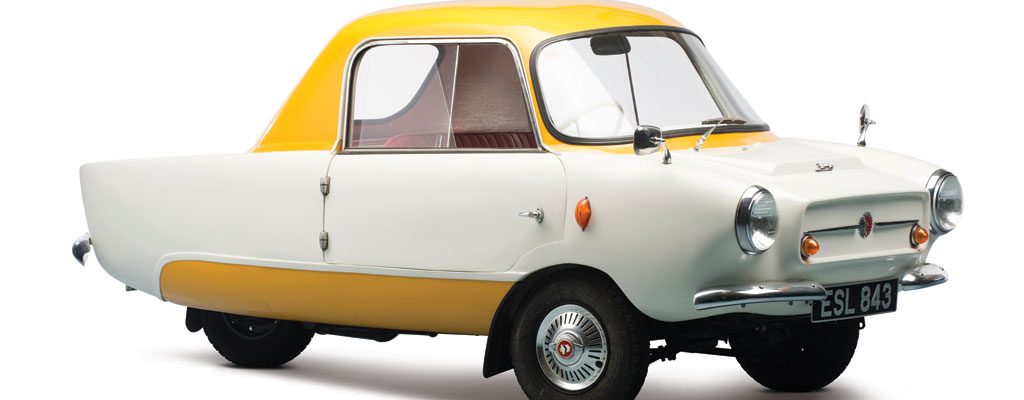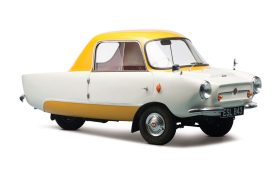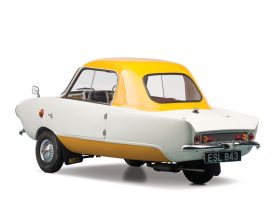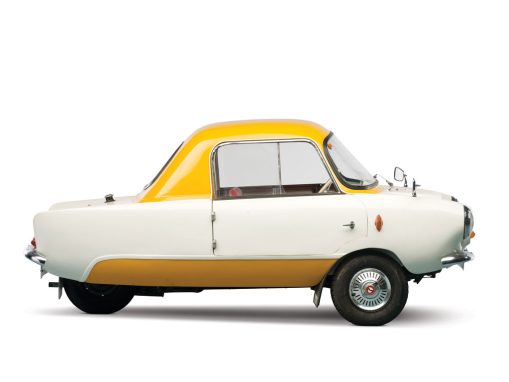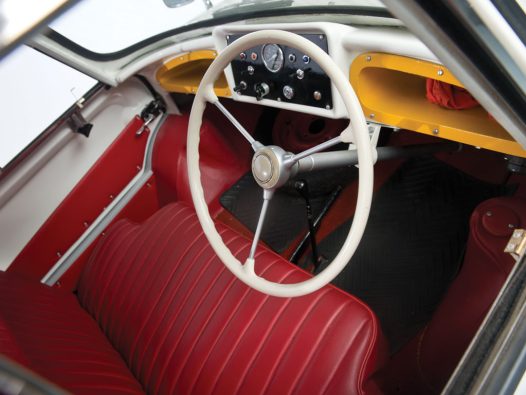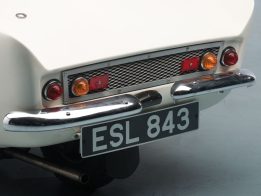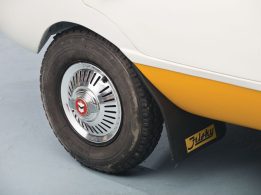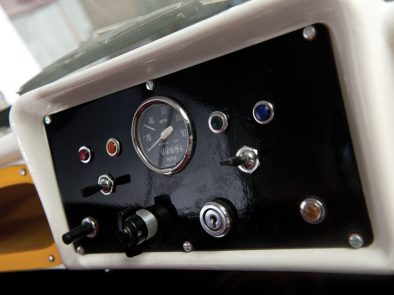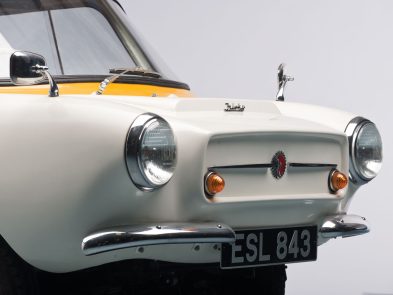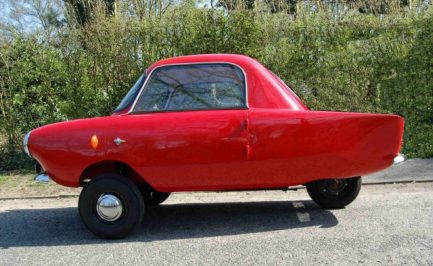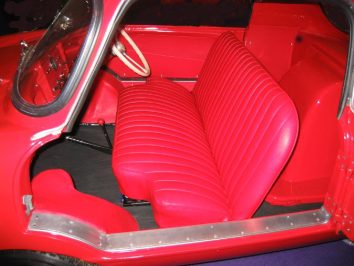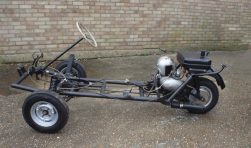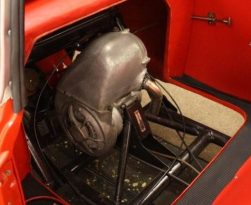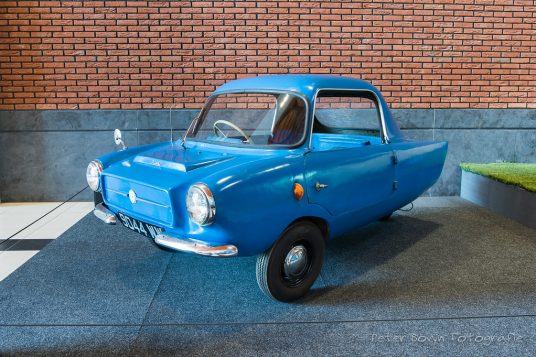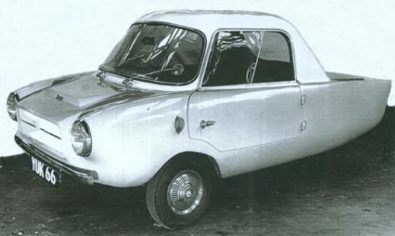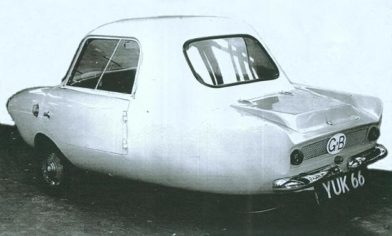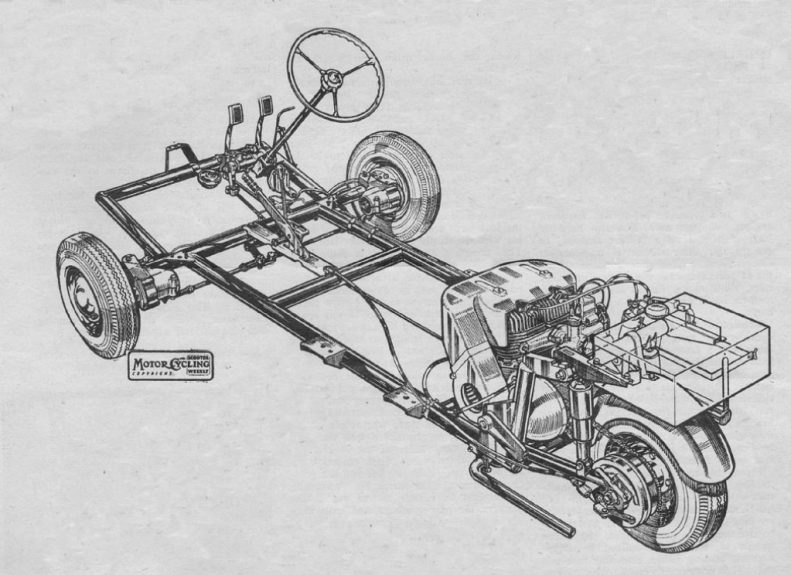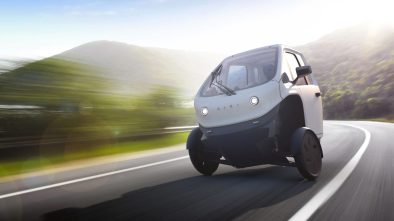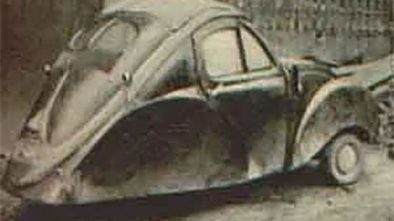Frisky Family Three
Frisky Cars, formerly known as Meadows Frisky, had a fascinating journey that took them from Egypt to England and finally back to Italy, leaving behind a remarkable legacy. Between 1958 and 1961, they produced an estimated 1,500 cars.
The Frisky Sport, a modified version of the first Frisky Bug, was introduced in 1958 as both a coupe and a convertible. It was known for its excellent performance compared to other microcars of the time and had a top speed of 65 mph.
In 1958, the company changed its name to Frisky Cars Ltd. and in 1959 introduced the Family Three model. This three-wheeled version of the FriskySport was placed in a lower tax bracket due to its unique design, allowing individuals with a motorcycle license to operate it legally.
The Family Three, a three-wheeler, adopted the style of the FriskySport while incorporating a new sedan body shell from two different suppliers. Most of the 1959 Family Three models featured a body design with doors that did not extend to the front wheel arches. These cars also had a distinctive raised molding line that extended under the doors and onto the rear panel.
Unlike the Wipac-equipped FriskySport, the Family Three featured Lucas electrics. For additional protection, the indicator lights were relocated to the front of the doors rather than on the rear-hinged doors. The layout of the Lucas dashboard was also modified, with molded glove compartments integrated into the fascia. In addition, the bench seat now offered a degree of adjustability, and the car was equipped with quarter bumpers without overriders.
The Sport’s tubular ladder chassis originally featured Dubonnet front suspension, but this was later replaced by a single wishbone front suspension that combined a coil spring and hydraulic damper. The single rear suspension also used a similar coil spring and sealed hydraulic damper unit. Unfortunately, the new front suspension experienced problems, resulting in the Mark 2 Family Three reverting back to the Dubonnet-type suspension.
The cars were powered by the Villiers 9E single-cylinder engine, known for its popularity in go-karting. The unique character of these cars was enhanced by their three-wheeled design and the use of a Dynastart unit for reverse gear.
In 1961, Frisky Cars Ltd. officially closed its doors after producing about 1,500 cars since its founding in 1958.
